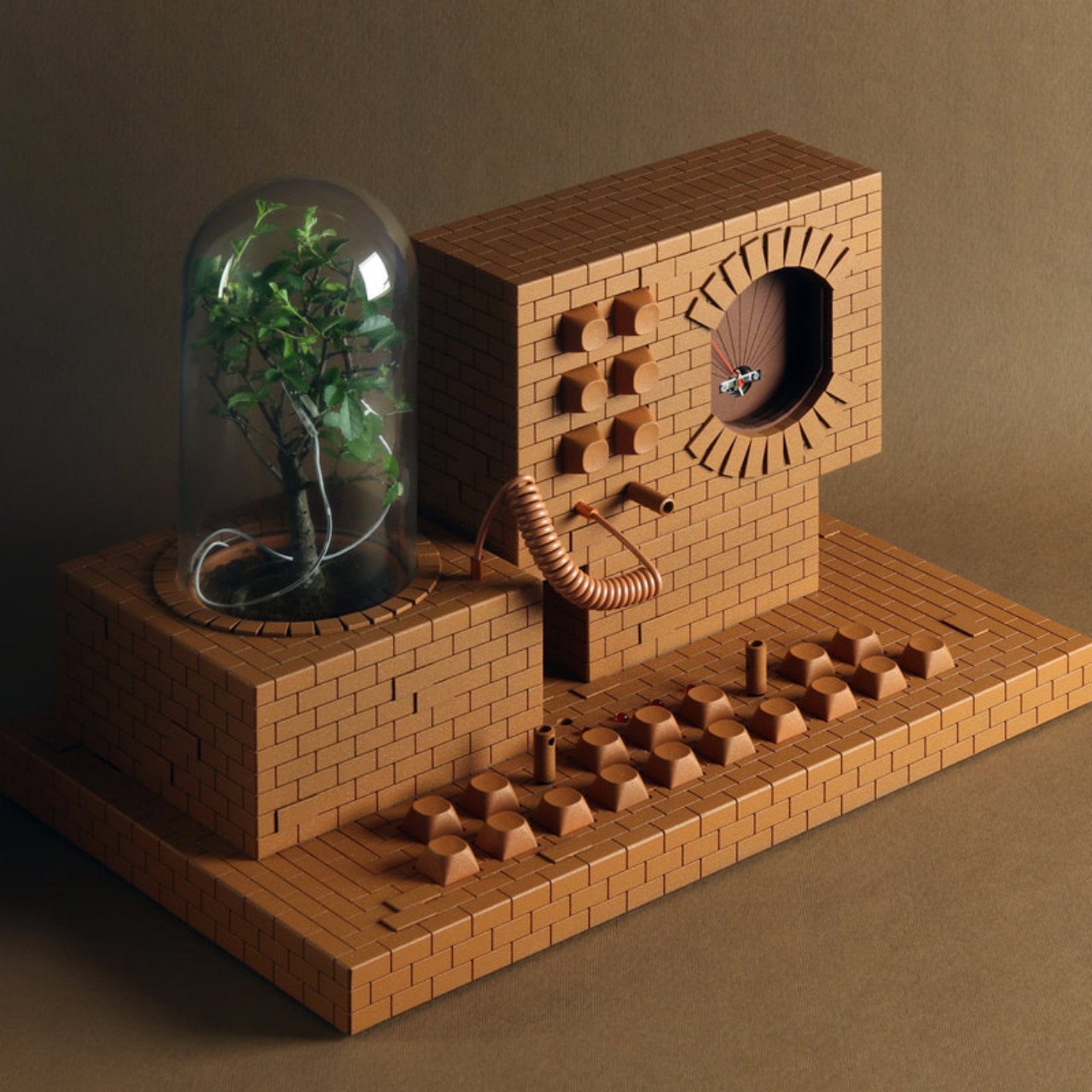With the prevalence of electronic devices like smartphones and smart speakers, you might think that sound and music can only come from these objects. Of course, they are more medium than source, and there are plenty of things that generate audible audio waves even without the help of man-made contraptions. Nature, for example, has plenty of mystifying sounds that almost border on being musical, but there are also hidden ways that natural objects can produce sounds with a little help from technology. Using biological data and a bit of scientific creativity, one can even hear the “music” that plants make, such as this rather unique “sound sculpture” that makes a small bonsai tree sing its heart out in alien-like tones.
Designer: Love Hultén
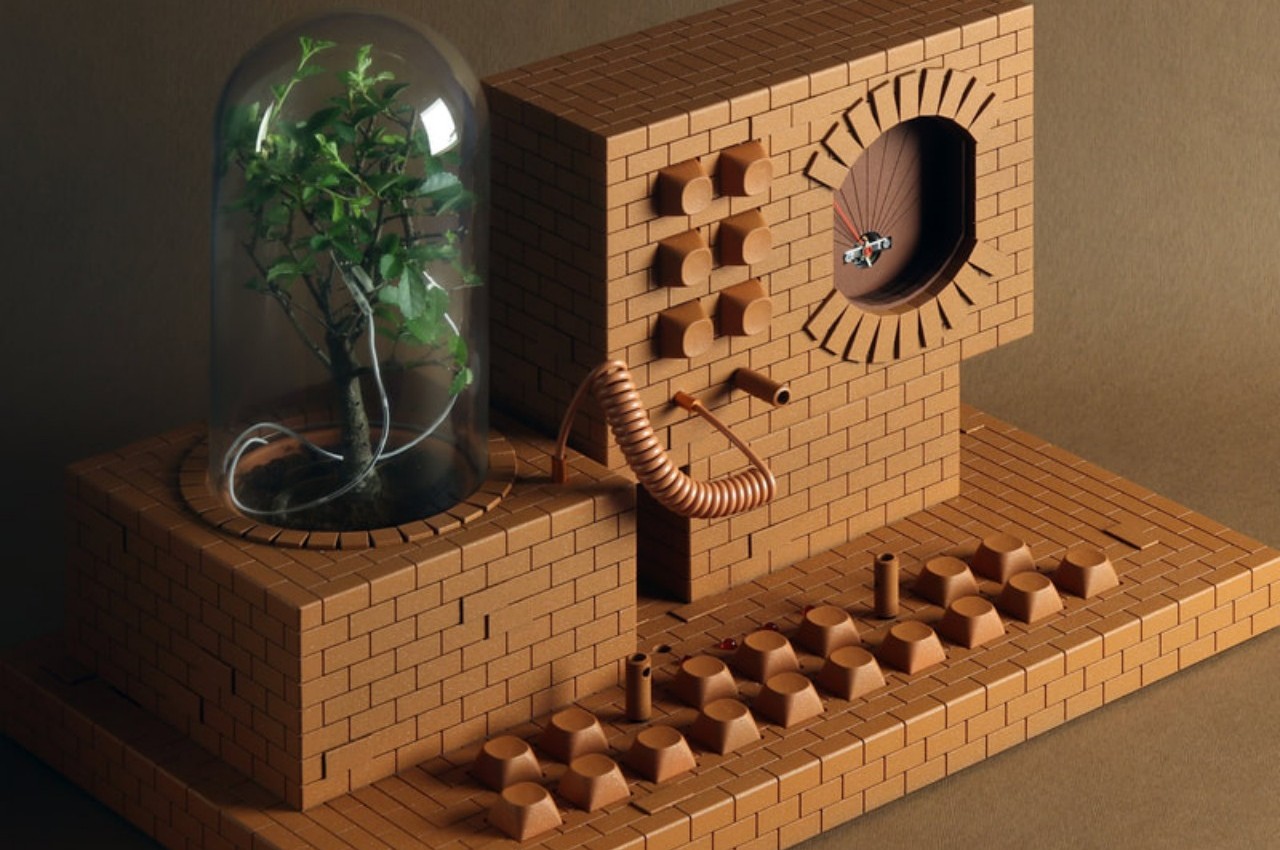
To be clear, plants don’t make music, no matter how enchanting that concept might be. What artists, musicians, and designers are doing is to gather the subtle electrical signals generated by chemical changes in plants and interpret them as a series of tones generated by a MIDI (Musical Instrument Digital Interface) device that hardly resembles a pleasing harmony. That said, even that straightforward process is enough to capture one’s curiosity and inspire a sense of wonder, even if it won’t win any music awards.
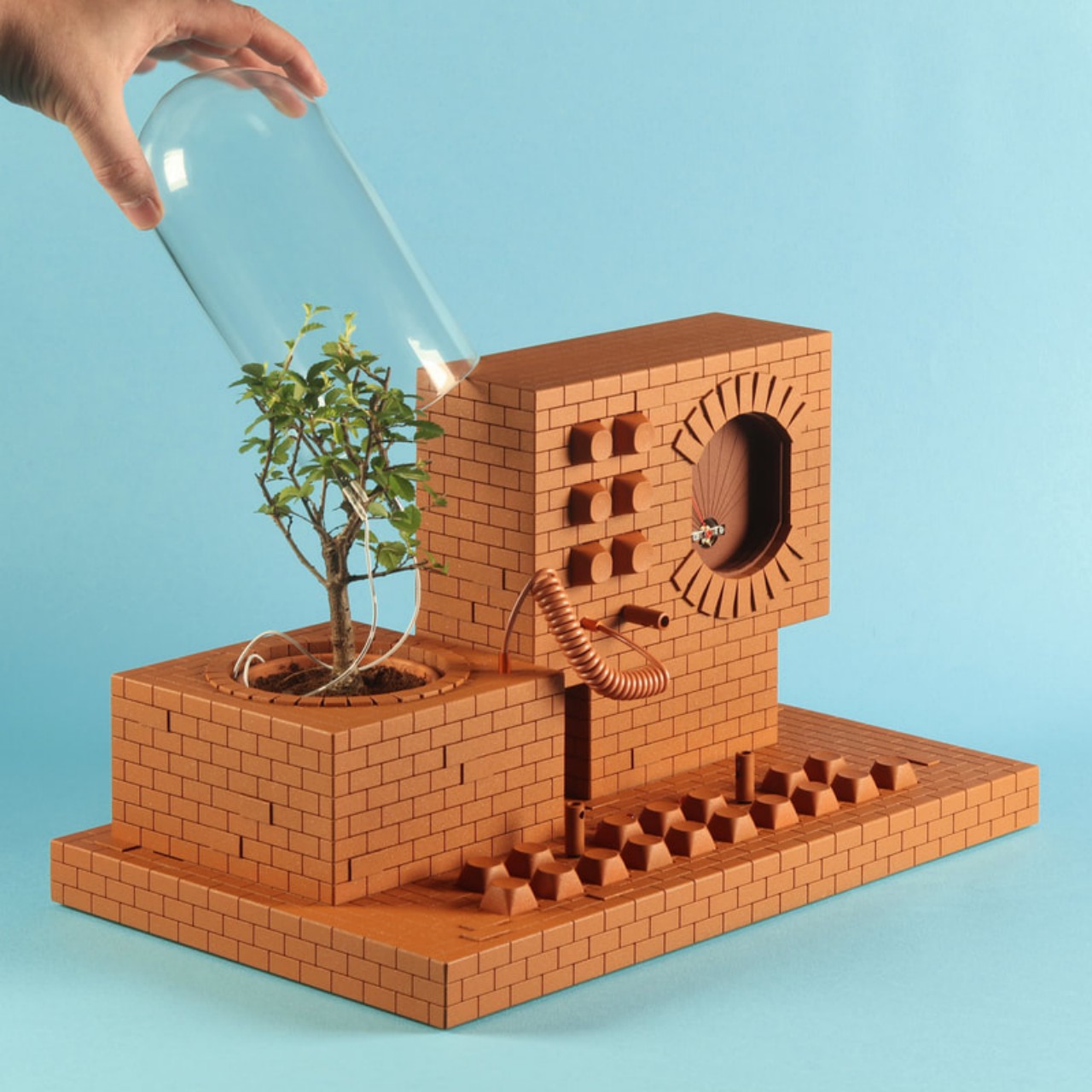
Tegel is one such artistic exploration in the translation of biological signals into audible sounds utilizing the popular bonsai tree. The choice of plant is almost poetic, given how this family of diminutive plants is often associated with meditation, calmness, and Zen. Ironically, the tones and beeps that are produced by this sound sculpture are hardly relaxing and are more like EDM for parties.
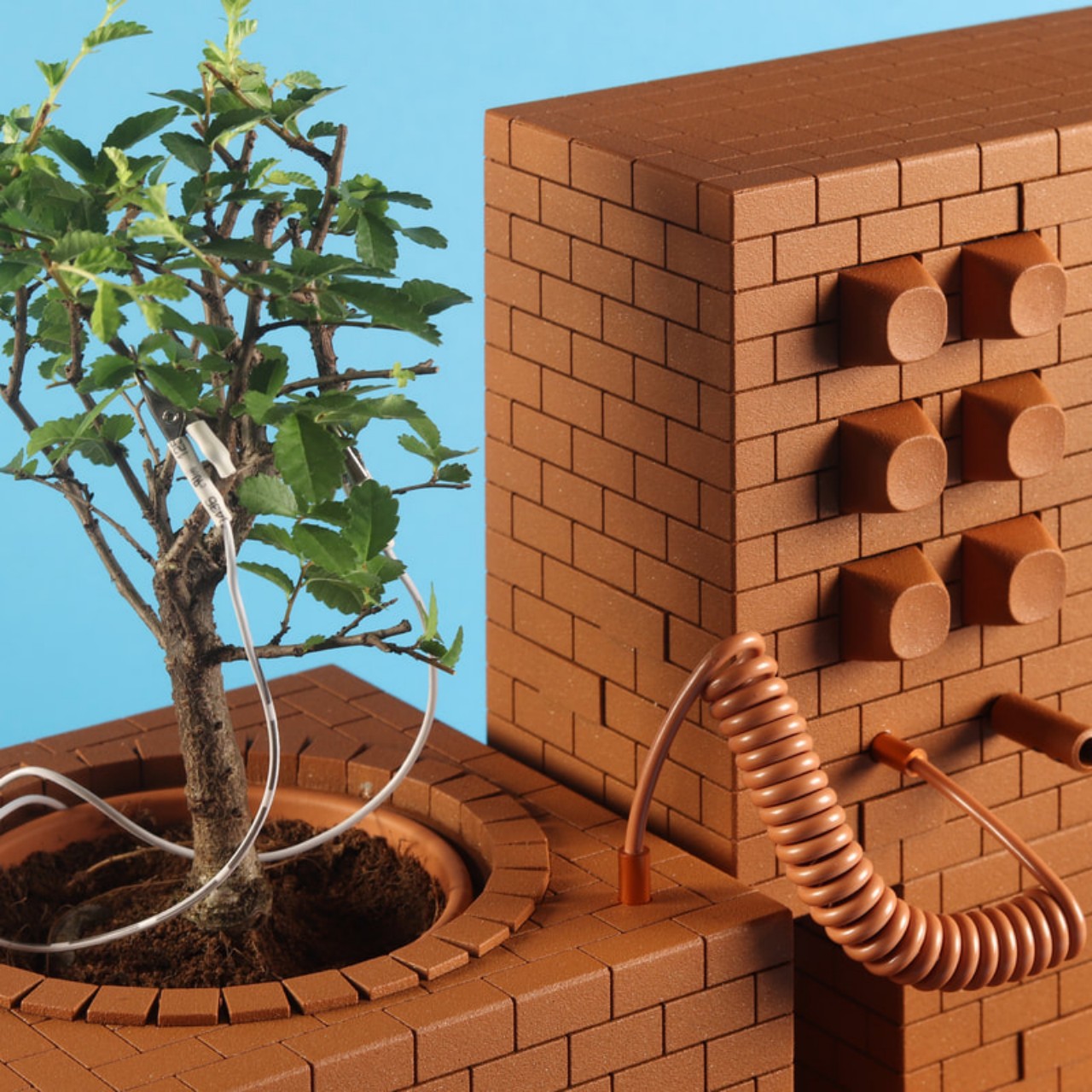
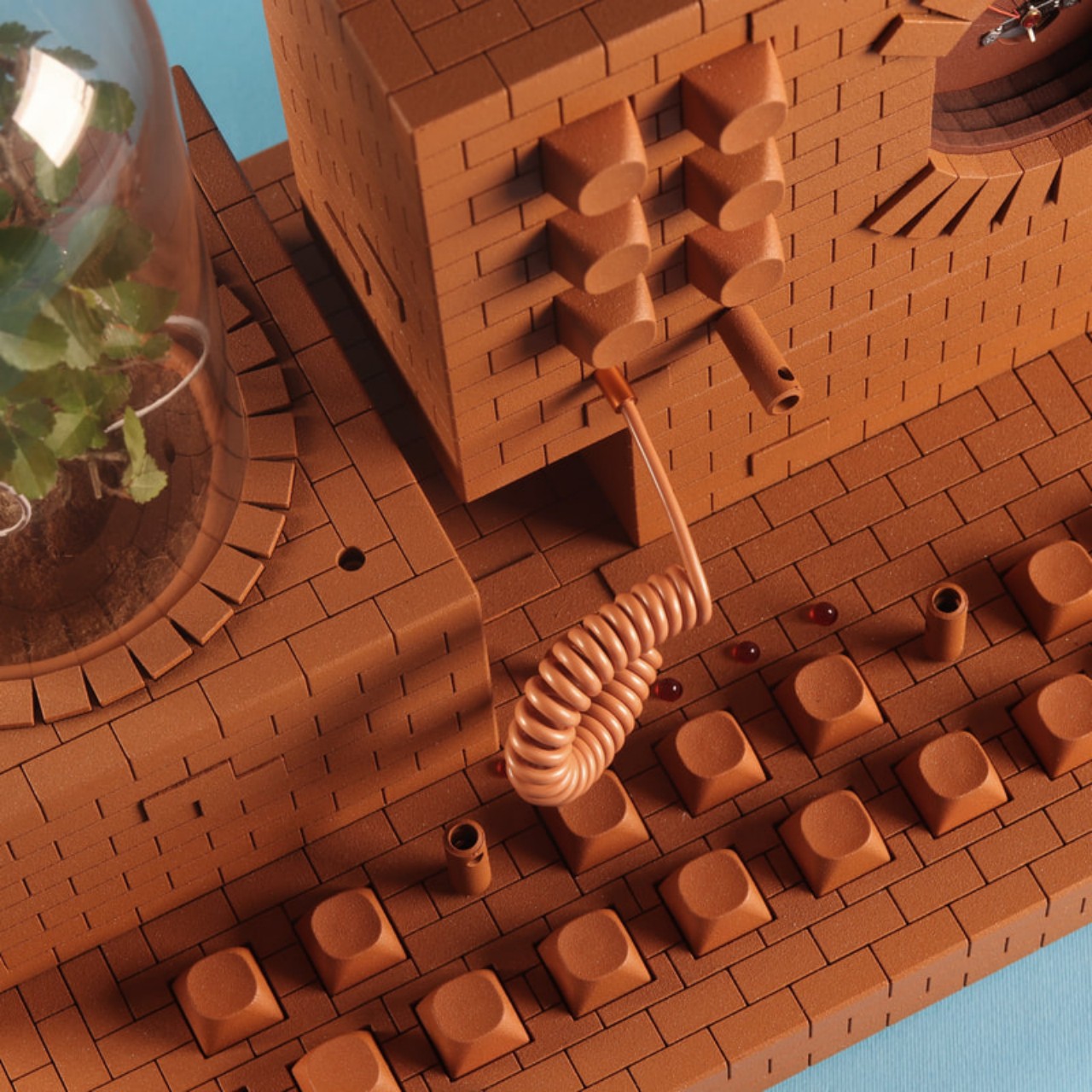
The small tree is housed inside a tall glass dome and is connected to an audio synthesizer via wires clipped onto its leaves. The plant acts more like a series of resistors rather than an actual sound source, and the sound sculpture incorporates dials to fine-tune the sound that comes out of it. There’s even a MIDI keyboard so that the user can add their own input to the mix.
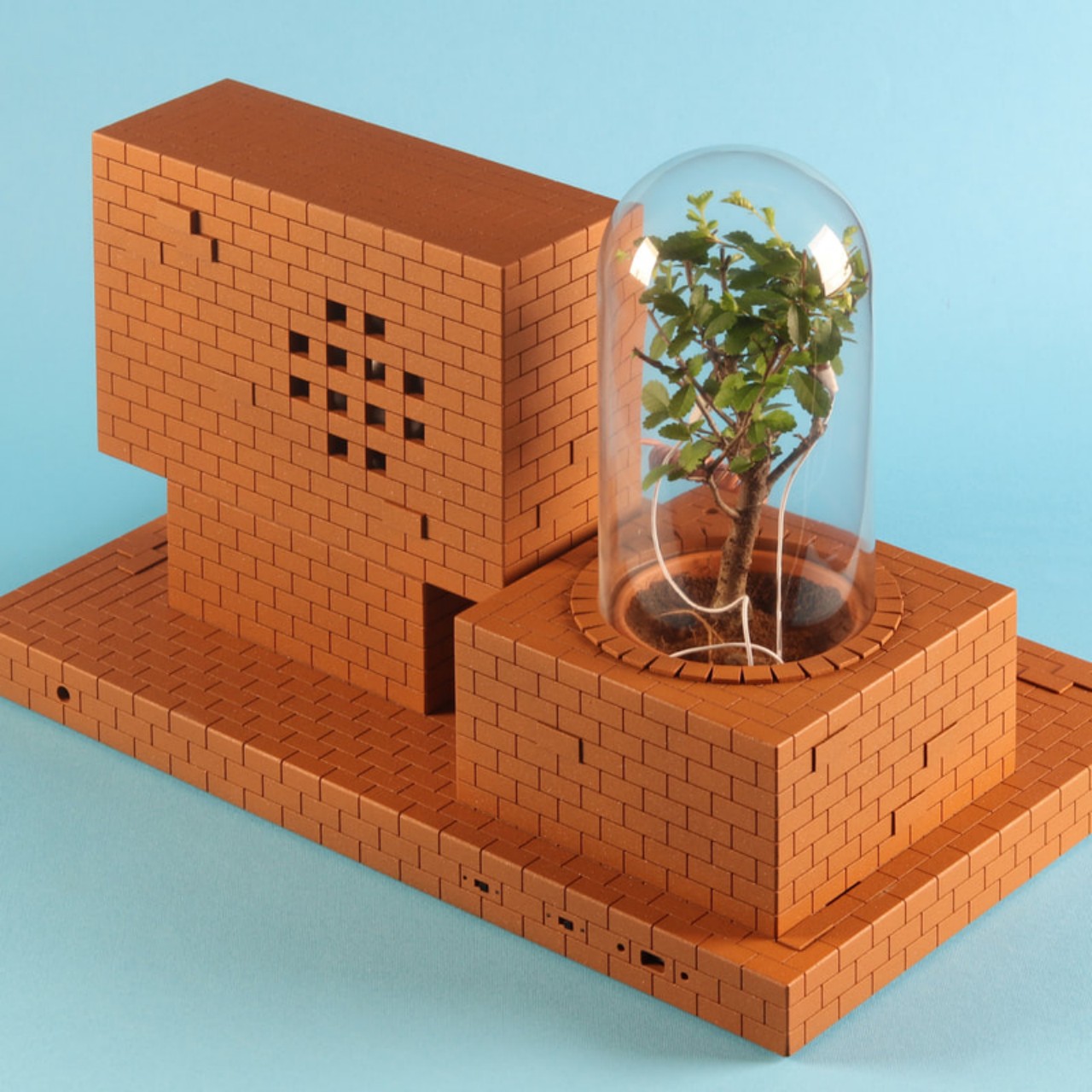
What makes Tegel really special isn’t the process but the form that it comes in. Love Hultén has created quite a few of these contraptions that transform biodata into sound, but those really look the part of machines. In contrast, this sound sculpture is as much art as it is technology, inspired by the brick creations of Danish sculptor Per Kirkeby. It makes the bonsai tree a part of a miniaturized brick garden, creating a visual contrast of organic life and man-made structures working together to produce something akin to a miracle, that of pulling music out of a silent tree.
